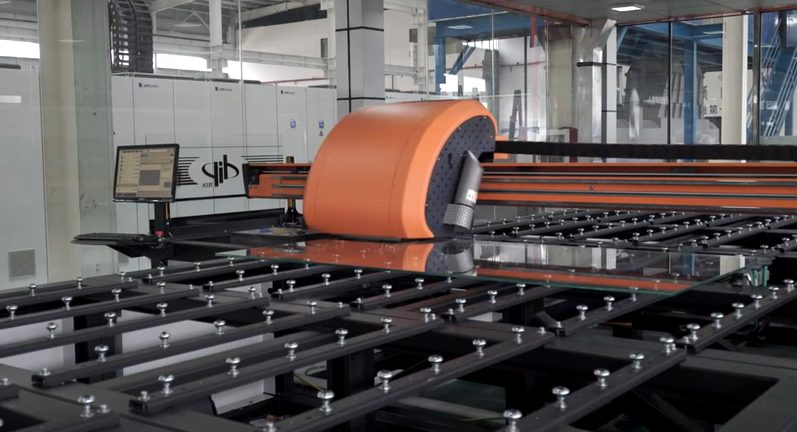Computer-aided design (CAD) creates objects in three dimensions (3D) by printing them layer by layer. It is different from traditional manufacturing, which relies on drilling, cutting, and grinding away unwanted material from a solid object like metal. 3D printing is more likely to shape the manufacturing of yesteryears. As stats showed that
The 3D printing market is expected to expand at a 20.8% of CAGR from 2022 to 2030.
You can take part in this new trend by finding a ceramic decal printer for sale.
The total 3D printers sold in 2020 reached a number of 2 million. In the past, 3D printing was limited to metals, plastic, and ceramics but was not common with glass.
Table of Contents
Revolution in Glass 3D Printing
Glass 3D printing is fraught with difficulties due to the high temperatures needed to keep the material fluid during the extrusion process. At Germany’s Karlsruhe Institute of Technology, a researcher named Bastian Rapp addressed the absence of 3D glass printing technology.
He said that it’s “astonishing” that the 3D printing revolution of the twenty-first century has “ignored glass” until present times.
One of the first companies to successfully 3D print with glass in a hot liquid form was Micron3DP, an Israeli startup in 2015. The company claimed that it had “printed soft glass at 850 degrees, and also borosilicate glass at 1640 degrees Celsius”. An “extremely hot extruder” was employed to accomplish this.
Soon afterwards, a mediated matter group at MIT reported the success of their G3DP project by employing the same process.
Desirable Properties of 3D Printing Glass
Glass has several unique features that make it an attractive candidate for 3D printing.
- There is almost no material on earth capable of withstanding the extreme heat that glass does.
- Unlike polymers, which can be degraded by UV light and organic solvents, glass is virtually impermeable to chemicals.
The Benefits of 3D Printing Glass Technologies
3D printing glass technologies have evolved due to the rapid development of the 3D printing technique. 3D printing glass has two major advantages over traditional methods of making glass:
- Glass devices with complex structures and shapes can be created using 3D printing techniques, which are not possible with traditional glass methods.
- Second, the 3D printing of glass allows for extremely precise millimetre-level processing.
Because of these two advantages, 3D printing glass technology can now create a wide range of complex ornaments, optical components, and microfluidic chips.
Future Prospects of 3D Glass Printing
The demand for complex glass products is constantly growing in optics, aerospace and solid-state batteries, and art and jewellery. Consequently, making glass objects using 3D printing is becoming increasingly popular. For the first time, the use of 3D printed glass for optical components and microfluidic chips has been explored. In simple words:
3D printing has given new life to an age-old material like glass.
But there are still a number of difficulties with 3D printing glass, including the limited number of printable glass systems, the lengthy and labour-intensive printing process, the low level of precision, and the high price.
In addition, the printed glass’ optical and mechanical properties also need to be improved before it can be used in real-world applications.
In Conclusion
Although glass’s chemical and physical properties have made 3D printed glass difficult in the past, innovation is slowly achieving this capability. 3D printing glass is expected to be even clearer and glass-like as the industry grows.







